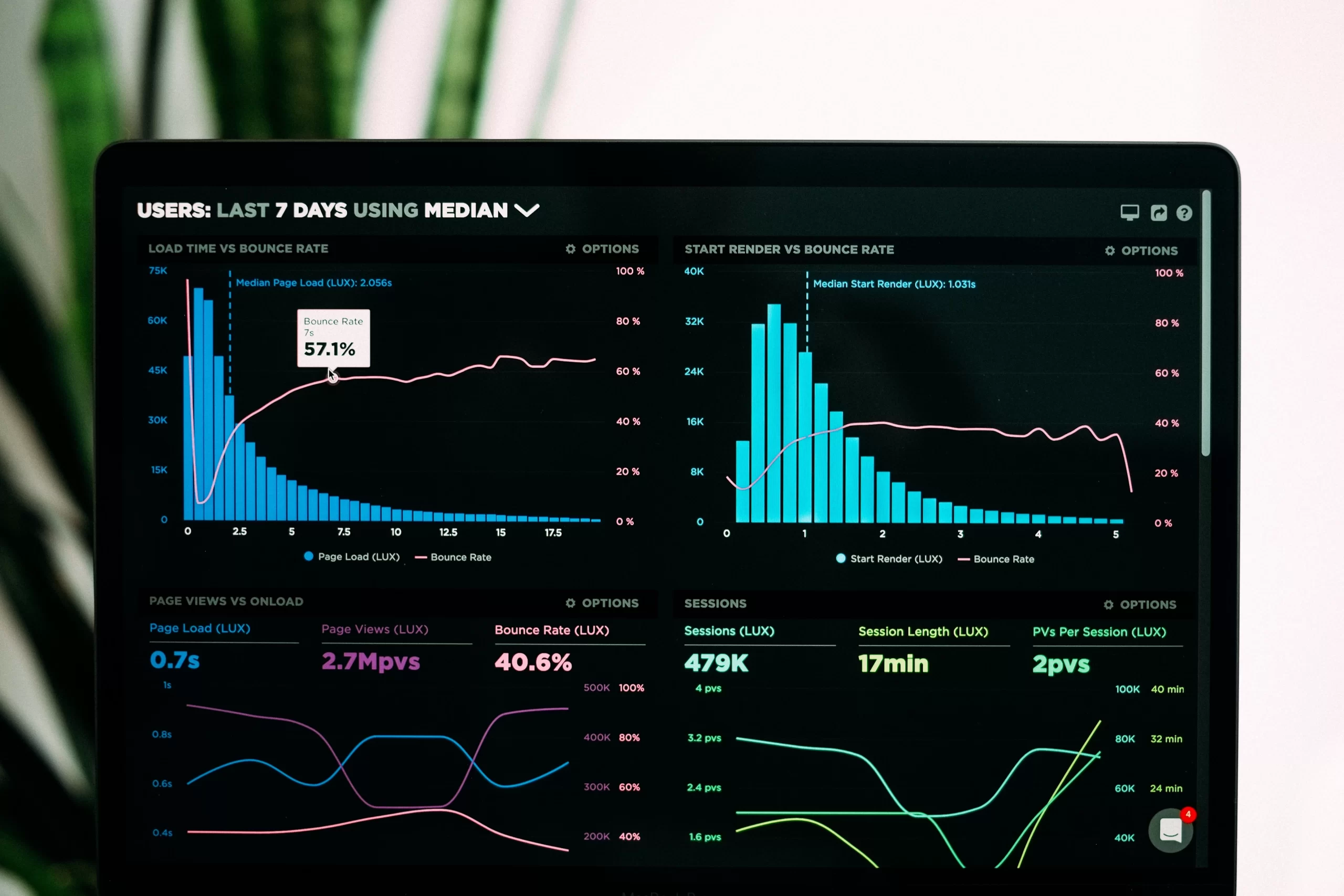Table of Contents
AI-Driven Competitive Analysis for Growth
In today’s highly competitive business landscape, companies need to stay one step ahead of their rivals to thrive and grow. One effective strategy to achieve this is by leveraging AI-driven competitive analysis. This approach combines the power of artificial intelligence and competitive intelligence to gather actionable insights that can lead to business growth. In this article, we will explore the concept of AI-driven competitive analysis, its benefits, and how it can be effectively implemented.
Understanding Competitive Intelligence
Competitive intelligence is the process of gathering and analyzing information about a company’s industry and its rivals to gain a competitive advantage. It involves conducting research on competitors’ operations, market position, business partners, and industry trends. The goal is to uncover valuable insights that can inform strategic decision-making. Competitive intelligence tools, software, and systems play a crucial role in collecting and analyzing this information.
The Role of Business Intelligence
Business intelligence, on the other hand, focuses on gathering, storing, and analyzing internal data to improve operations and decision-making. It involves using tools and software to gather raw business data related to customer support, market research, competitive intelligence, and product performance. Business intelligence systems help companies streamline their operations, identify sales opportunities, and make informed decisions based on data.
While both competitive intelligence and business intelligence are aimed at increasing sales and profitability, they have some key differences. Business intelligence is inward-facing and focuses on improving efficiency, while competitive intelligence is outward-facing and aims to predict competitors’ next moves. By understanding the benefits of both strategies, companies can leverage them effectively to achieve growth.
The Benefits of Competitive Intelligence
Competitive intelligence offers several benefits for companies looking to gain a competitive edge. It allows businesses to spot opportunities in the market and outperform their rivals. By closely monitoring and analyzing competitors’ actions, companies can identify gaps in the market and develop strategies to fill them. For example, monitoring social media, press releases, and industry reports can provide valuable insights into competitors’ upcoming moves. By staying one step ahead, companies can capitalize on these opportunities and position themselves as leaders in the market.
The Benefits of Business Intelligence
Business intelligence, on the other hand, helps companies improve their operations and identify new sales opportunities. By analyzing internal data, companies can uncover inefficiencies and streamline their processes. For example, identifying slow-selling products and replacing them with high-margin ones can lead to increased profits. Additionally, business intelligence can help companies identify trends in customer behavior and preferences, allowing them to develop targeted sales strategies. By leveraging data-driven insights, companies can make informed decisions that drive growth.
How to Implement AI-Driven Competitive Analysis
Implementing AI-driven competitive analysis involves the following steps:
-
Identify your competitors: Start by identifying your direct and indirect competitors, as well as their market position and offerings. This information will serve as the foundation for your analysis.
-
Gather information: Conduct research on your competitors using various sources such as social media, press releases, annual reports, trade magazines, and industry experts. This will help you gather valuable insights into their strategies, strengths, weaknesses, and market trends.
-
Analyze the data: Once you have collected the data, analyze it to draw meaningful conclusions. Look for patterns, trends, and gaps in the market that can inform your business strategy. Use AI-driven tools and software to automate this process and gain deeper insights.
-
Develop an action plan: Based on your analysis, develop a comprehensive action plan that outlines strategies to outperform your competitors. This may involve product improvements, pricing adjustments, targeted marketing campaigns, or entering new markets.
-
Execute and monitor: Implement your action plan and closely monitor its effectiveness. Continuously track your competitors’ moves and adjust your strategies accordingly. Competitive intelligence is an ongoing process, and regular monitoring is crucial to staying ahead.
By following these steps and leveraging AI-driven tools and software, companies can effectively implement competitive analysis and drive growth.
Conclusion
AI-driven competitive analysis is a powerful strategy that combines the benefits of competitive intelligence and business intelligence. By leveraging artificial intelligence and advanced analytics, companies can gather valuable insights about their competitors, market trends, and customer behavior. This information can then be used to develop strategies that drive growth and outperform competitors. By implementing AI-driven competitive analysis effectively, companies can position themselves as market leaders and achieve long-term success.


Leave a Reply